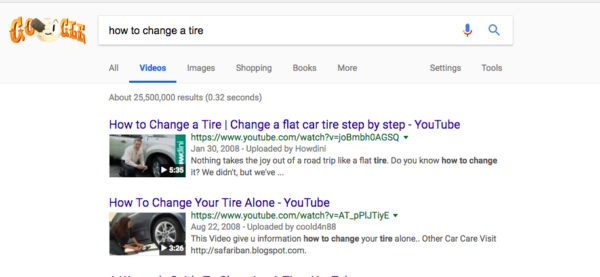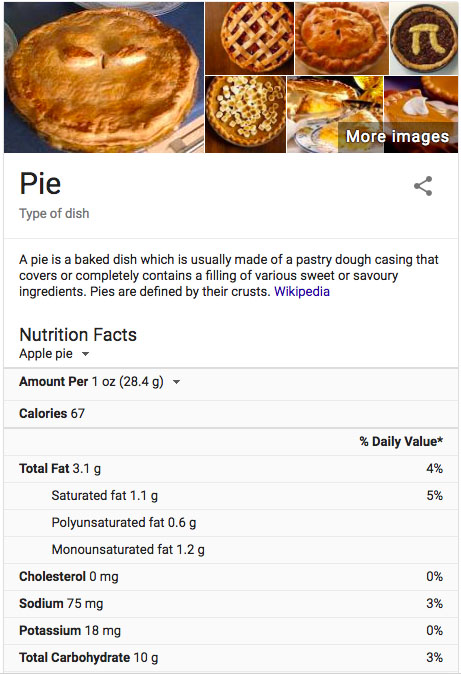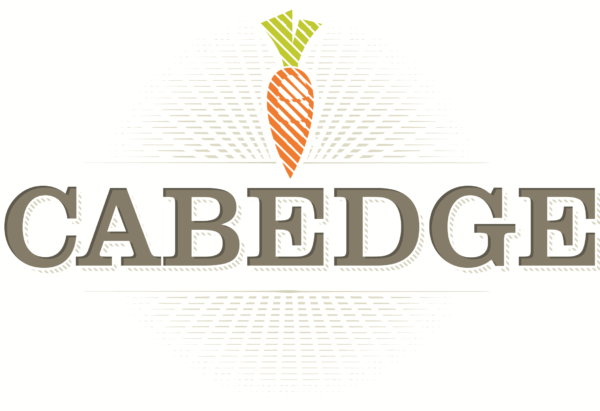Building a Successful Brand Image
Branding is important, there’s no denying that — it’s how people find your website and social media accounts, and it’s why they connect with your company as more than just an organization that provides a good or service to them. So, how do you create a good brand? What makes a brand recognizable to consumers and successful? Cabedge is here to help. Here are the top six elements that make a brand stand out among a sea of other organizations:
Understanding Your Purpose and Position
The first step to cultivating a prosperous brand is to understand why you’re doing what you do and where your organizations fits in in the grand scheme of things. You should always know why you’re doing it. You should ask yourself “Why?” at least ten times a day. Why are you picking that font? Why are you picking that color? Why are you sharing that link on social media? It doesn’t need to be a five-paragraph essay response every time, but you should know your why before you do anything (especially anything public). Your purpose is what is going to drive everything you determine about your brand. Just as important as your purpose is your position. This is where your company stands in relation to all other companies in your business realm. Figure out what makes your company different than everyone else — what makes you stand out. Maybe you offer additional services or pride yourself on your customer service. Maybe the service/product you offer is just slightly different or of a higher quality than your competitors. Whatever it is, find it and brag about it. The combination of knowing your purpose and understanding your position is the first step to creating a truly remarkable brand image.
Understanding Your Market Audience
Just as important as knowing your purpose and position is understanding your audience. This means you know how to cater to their needs and deliver information to them in the best way possible. For example, an audience of 20 to 35-year-olds is going to be looking for vastly different information than an audience of 65 to 80-year-olds, and in a different medium at that. Therefore, you need to know who your key audience is to market to them properly. You might be thinking, “But my product/service is universal! Everyone can use it!” That might be the case, but you should still differentiate your marketing and communication to those audiences. You wouldn’t just send one thank you note to everyone in your family after your birthday, right? You would individually address them, note the specific gift you got, and send them to their individual homes. That’s the idea when it comes to understanding your audience.
Cultivating a Brand Personality
What is a brand personality you ask? It’s the attributes and attitude you give your company to help it stand out in branding material and online profiles. For instance, when you think of certain high-end brands like Dior, Michael Kors, and Coach you may have the image of luxury in your mind. You can almost smell that expensive cologne and hear the jangle of bracelets. A more tangible example of a brand personality is Wendy’s quippy, sarcastic attitude on Twitter. Having a brand personality is so critical these days to making your brand stand out in the crowd. Before you get too into the weeds of creating logos and picking colors, it’s important to figure out what you want your public brand personality to be. Just like understanding your purpose and position, this will lead you in all other decisions you make about the brand. When you’re creating your personality, make sure to incorporate your purpose and your offerings into what you think your public image should be. Relate everything back to your purpose, and it’s sure to resonate with consumers.
Utilizing a Stand Out Type Face and Color Palette
Everything has led to this moment. You finally get to pick something that will define your brand presence physically. Never underestimate the power of a good type face or color palette. Picking these elements before starting anything else makes everything easier in the end. Mess around with the thickness of the font, as well as the kerning of (space between) the letters. It’s easy to customize fonts to your desires and elevate them from what you typically see into something totally unique and different for your brand. It sounds weird, but type faces and color palettes can also match your pre-determined purpose, position and brand personality.
Memorable Logo
Of course, you’ve got to have a logo. Incorporate your typography and color palette choices to ensure consistency across the board when utilizing your logo on your website and in print collateral. Make sure you can use whatever logo you opt for on multiple platforms and in a variety of mediums. We suggest creating a white logo to be placed on any dark backgrounds and a color logo for white backgrounds. Logo creation can be hard, so hire a designer if you think that might be necessary to get the most out of your brand.
Consistency
The final “step” to creating a memorable and solid brand image, is to keep it consistent. Everything should tie into one another and nothing should seem random or out of place. Your purpose and position should guide every choice throughout the process, and when in doubt, refer back to those notes. Not only is it important for all of your choices to remain consistent and tied together in these beginning stages, but it’s also crucial for your online presence. On social media, your brand grows with every choice you make, so it’s important to stick to the brand personality you decided on originally, engage with your audience, and deliver what you promise.
It can seem daunting to establish a brand, but Cabedge is here to help! With years of experience in branding and website design, Cabedge can help you every step of the way from purpose designation to color pallet selection. Reach out to Cabedge today to schedule a consultation.














